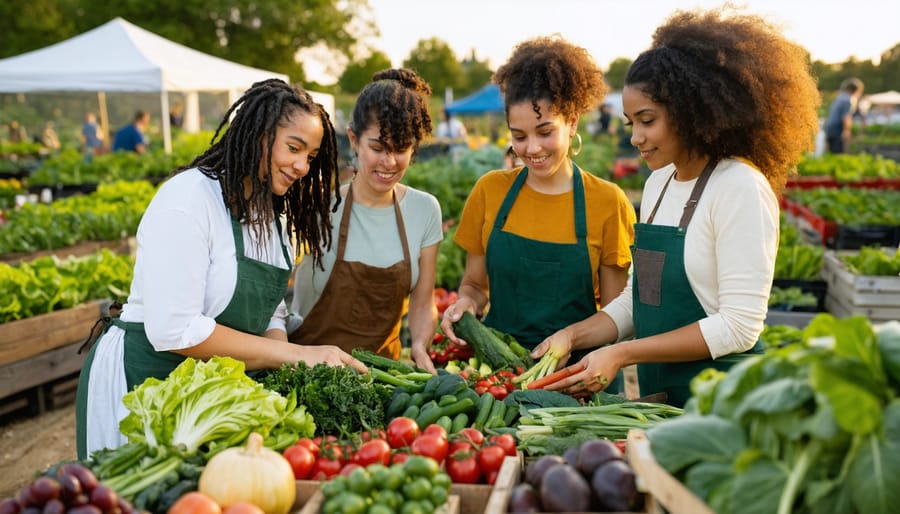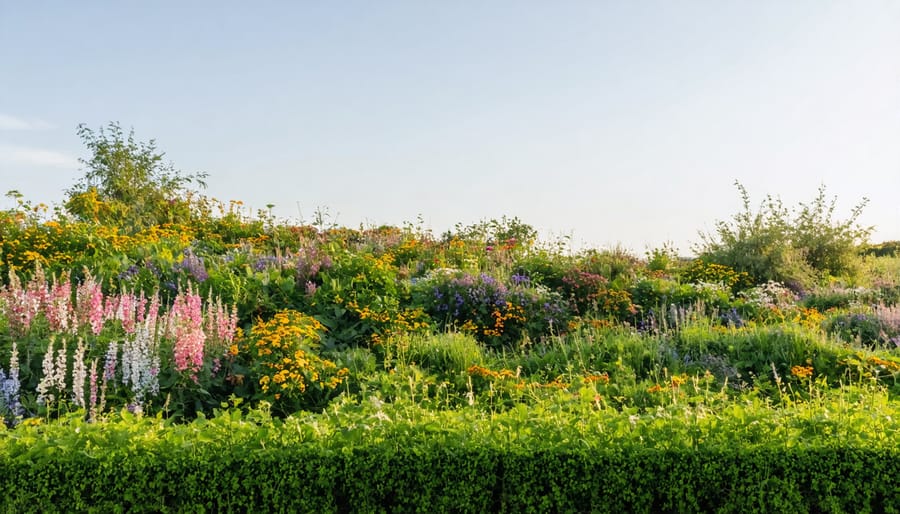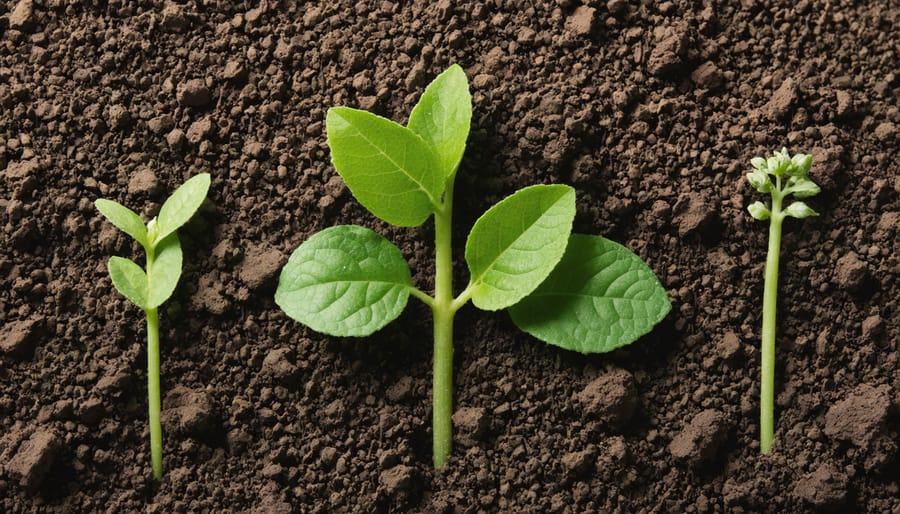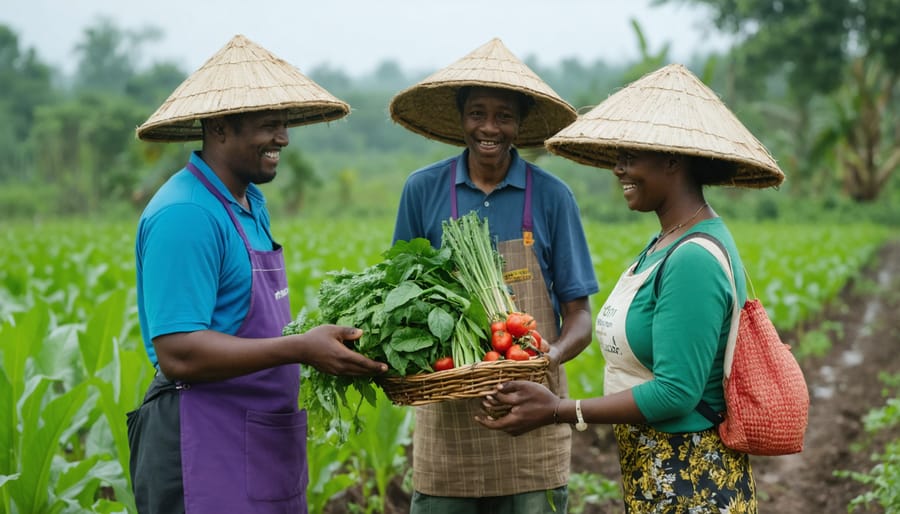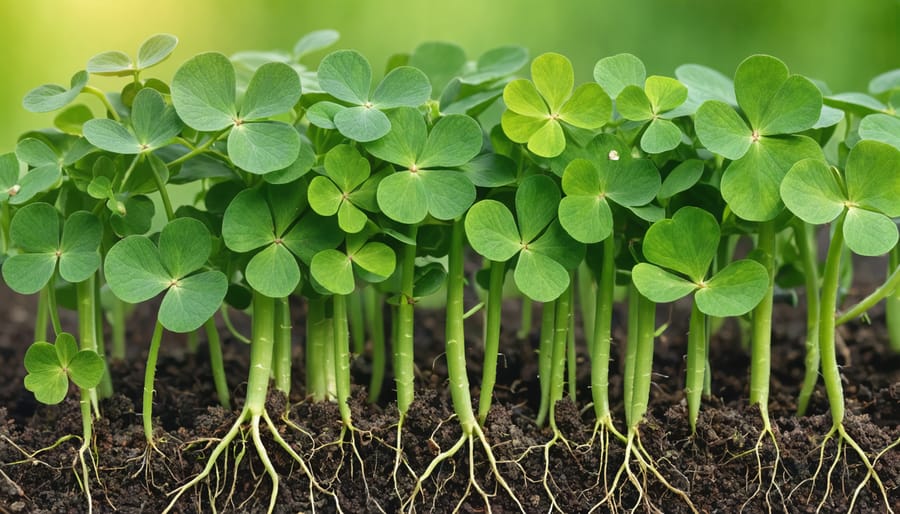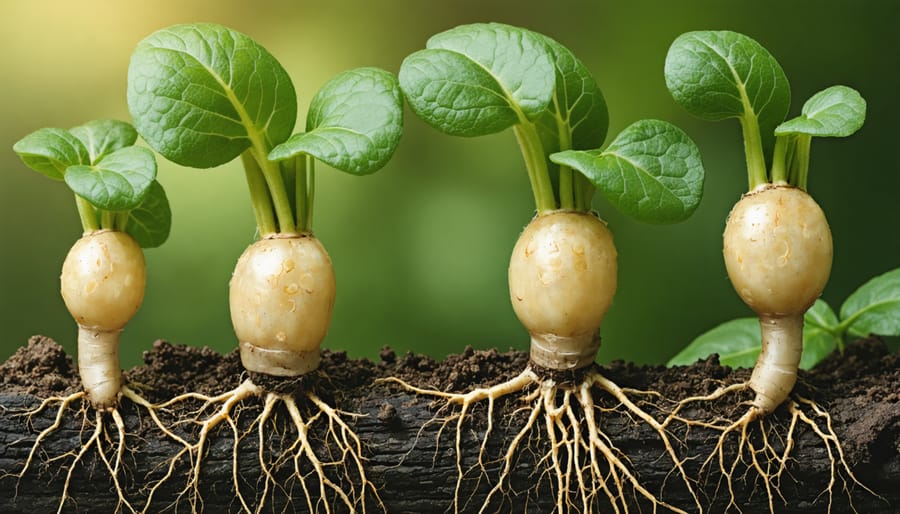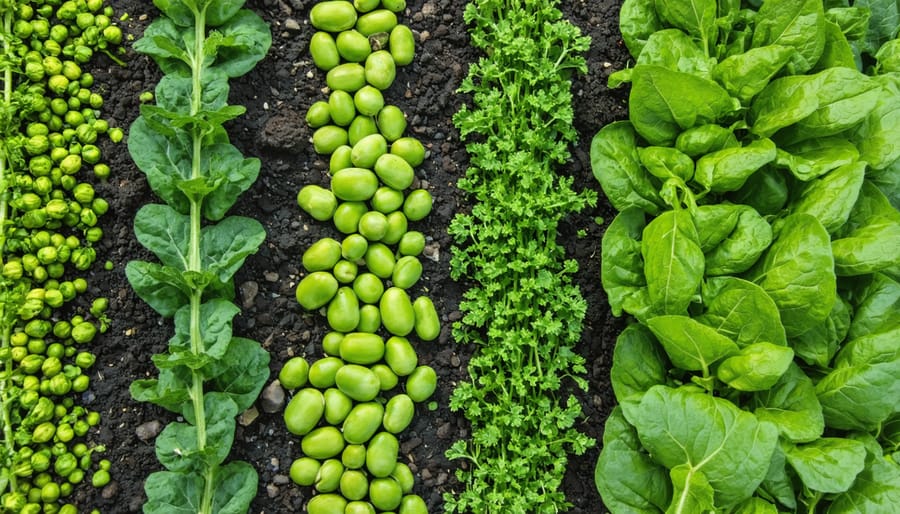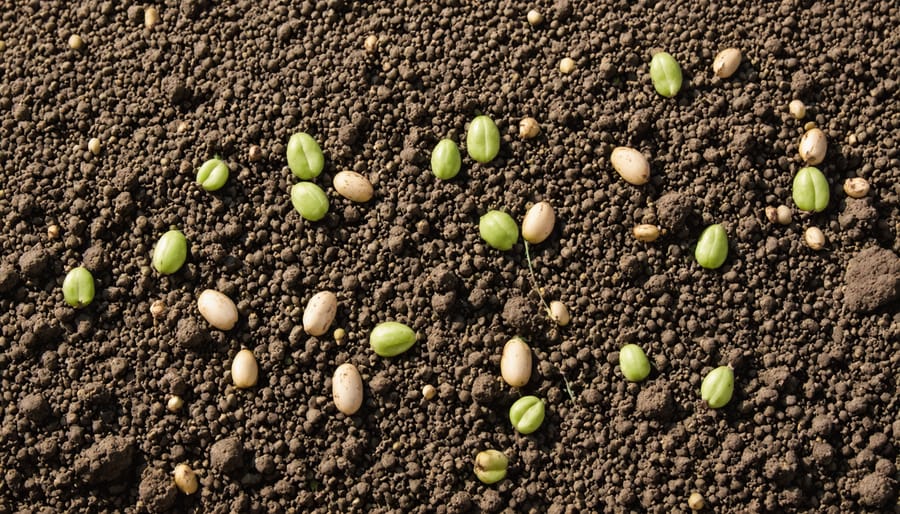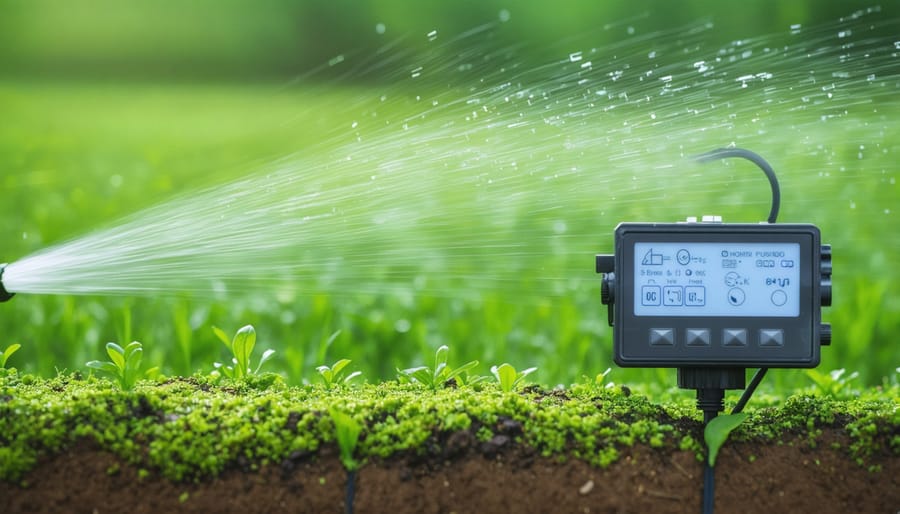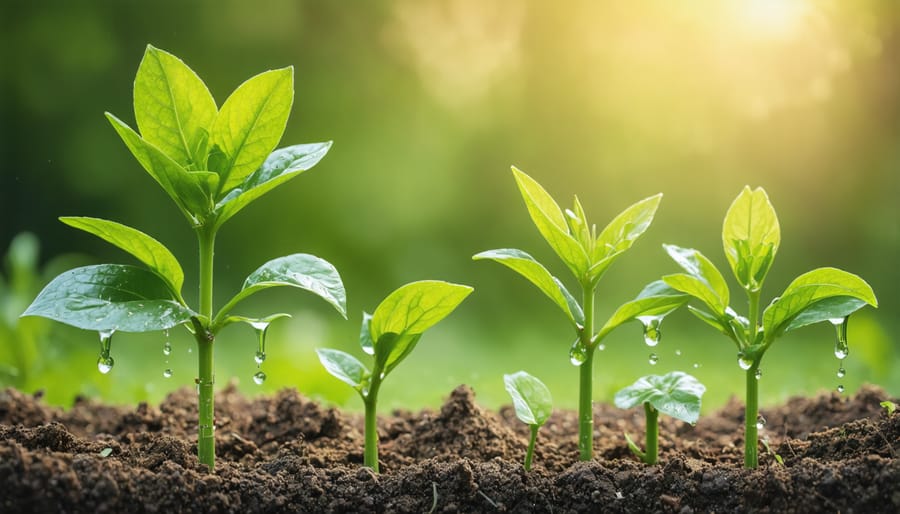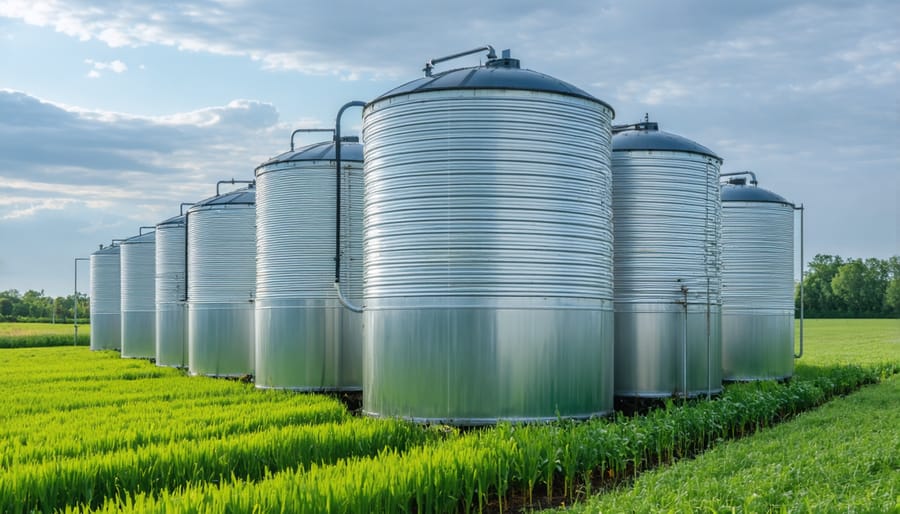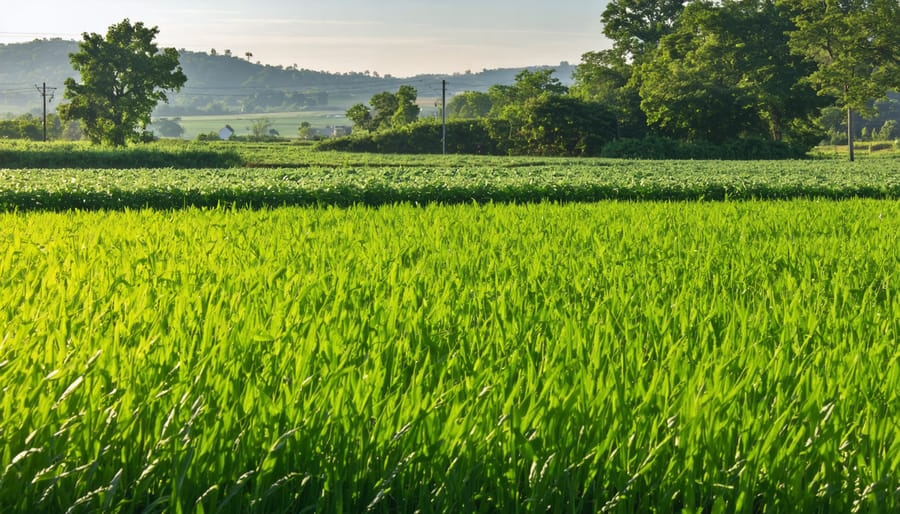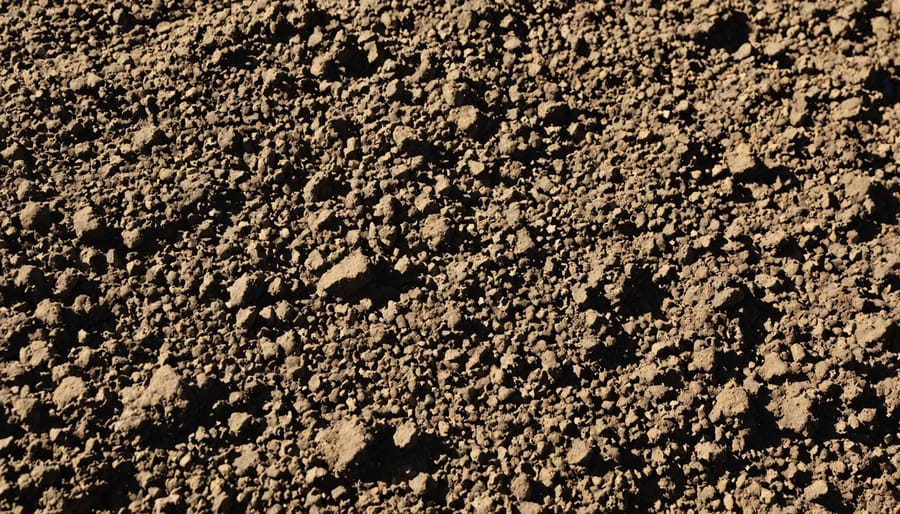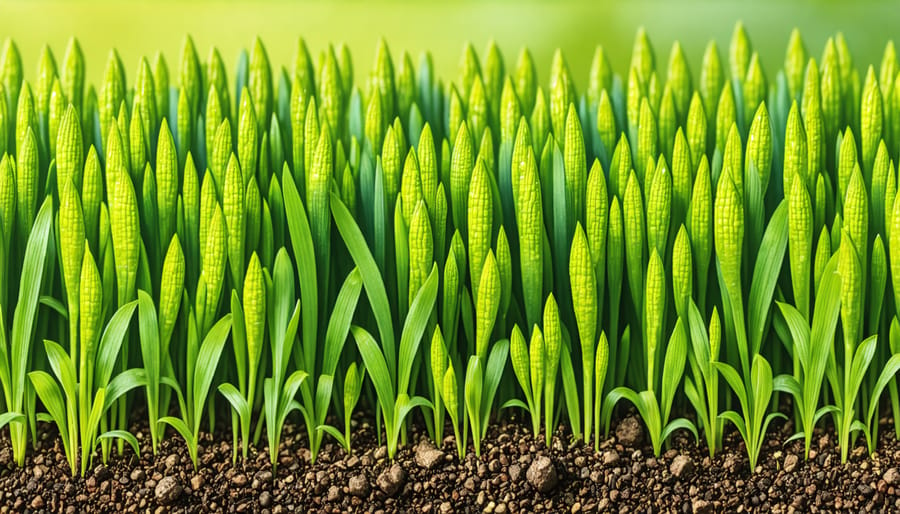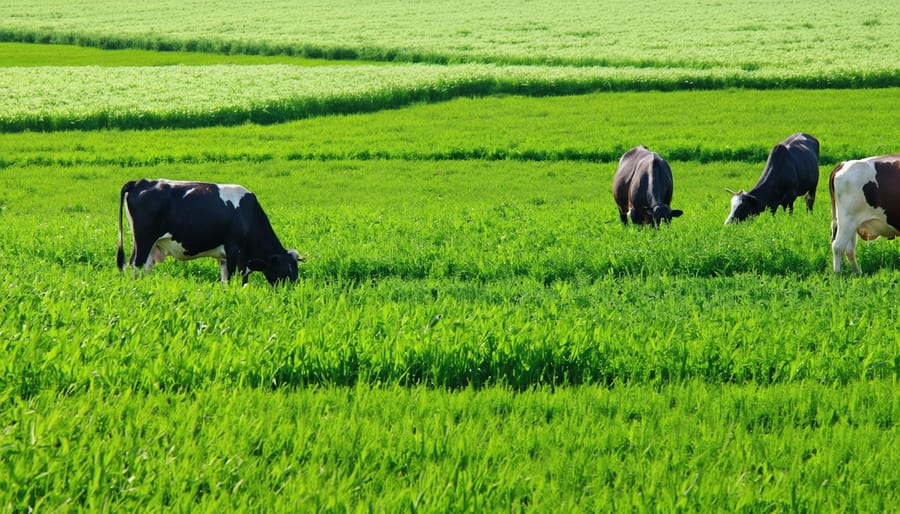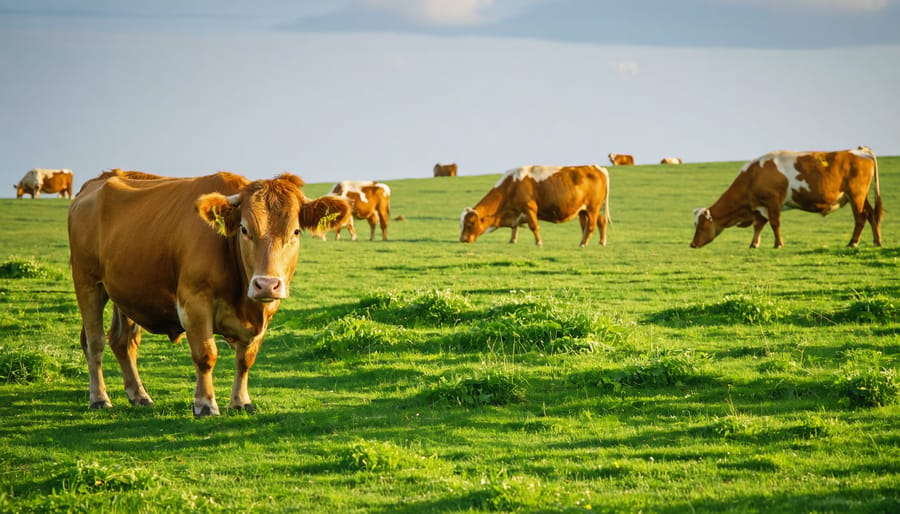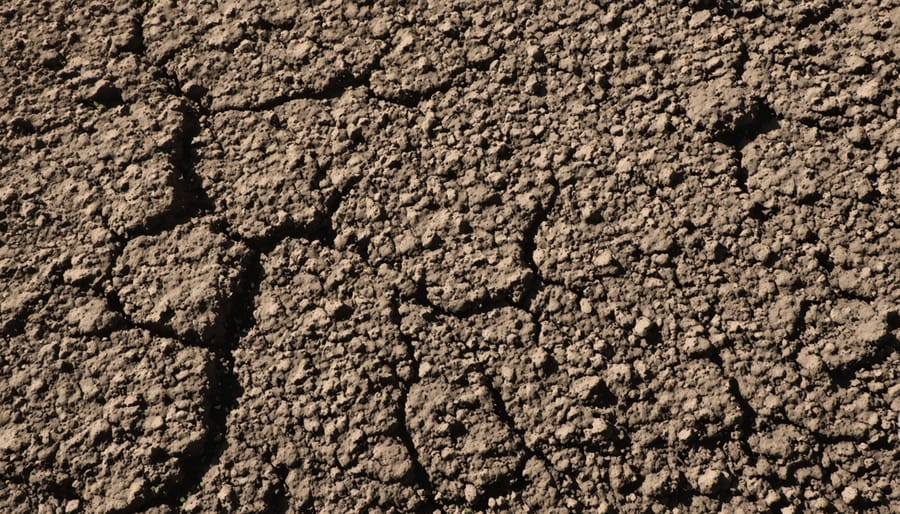How Women Are Transforming Local Food Systems Through CSA Leadership
Gather three to five women in your community who share a passion for local food systems and sustainable agriculture—this small circle becomes the foundation of your women’s empowerment coalition within Community Supported Agriculture. Schedule monthly meetings at your local farmers market or community garden to discuss leadership opportunities, skill-sharing workshops, and ways to increase women’s participation in CSA programs. Connect with established CSA farms in your area to propose women-focused initiatives like farm management training, business development workshops, or collaborative growing projects that build confidence and expertise.
Women’s empowerment coalitions transform how communities engage with sustainable food systems. These grassroots groups create pathways for women to become leaders, decision-makers, and change-agents in local agriculture—whether as CSA farmers, board members, or community organizers. The connection between women’s empowerment and CSAs runs deep: when women gain agricultural knowledge and business skills through coalition activities, they strengthen food security, model sustainable practices, and inspire the next generation of environmental stewards.
Success stories illuminate the power of these coalitions. Take Maria, who started attending coalition meetings as a CSA member and now co-manages a thriving organic farm, or the twelve-woman collective that launched a women-operated CSA serving 200 families with pesticide-free produce. These real-world examples prove that when women unite around shared values of sustainability and community wellness, they create lasting impact. Your coalition doesn’t need fancy resources—just committed participants ready to learn, lead, and lift each other toward meaningful agricultural involvement.
The Natural Connection Between CSAs and Women’s Leadership
Women have long been the backbone of agriculture, tending gardens, preserving harvests, and feeding their families for generations. Today, that connection continues to flourish through Community Supported Agriculture, where women are discovering unique opportunities for leadership and empowerment that align naturally with their values and lifestyles.
The CSA model creates space for the qualities many women bring to agriculture: relationship-building, community care, and long-term sustainability thinking. Unlike conventional farming operations that often prioritize scale and speed, CSAs build stronger communities through direct connections between growers and members. This emphasis on nurturing relationships rather than simply producing commodities resonates deeply with many women entering agriculture.
One compelling advantage is flexibility. Running a CSA allows women to design work structures that accommodate family responsibilities while building successful farm businesses. Sarah Martinez, who started her small CSA in British Columbia, shares: “I can schedule farm tasks around my children’s school hours and involve them in the growing process. It’s empowering to show them that women can lead agricultural enterprises while maintaining work-life balance.”
The values-driven nature of CSAs also attracts women passionate about environmental stewardship and food justice. Research shows that women farmers are more likely to adopt organic practices and prioritize soil health—principles that form the foundation of most CSA operations. This alignment between personal values and business practices creates authentic leadership opportunities.
Additionally, CSAs typically require smaller initial investments than conventional farms, lowering financial barriers to entry. The prepaid member model provides predictable income, reducing economic uncertainty that might otherwise prevent women from pursuing agricultural entrepreneurship. This structure enables women to start small, grow sustainably, and build confidence as they develop their farming skills and business acumen.

Building Skills That Matter: What Women Gain from CSA Participation
Farm Management and Agricultural Knowledge
Participation in CSA programs offers women invaluable hands-on education in agricultural management. Through weekly farm involvement, members gain practical knowledge about crop rotation schedules, companion planting strategies, and seasonal growing cycles. Many women discover their green thumbs while learning to assess soil quality, understand composting systems, and recognize pest management solutions that align with sustainable farming practices.
Take Sarah’s story—she joined her local CSA with zero farming experience. Within one season, she understood crop succession planning and could identify nutrient deficiencies in plants. This knowledge transformed her backyard garden and inspired her to mentor other women in her community.
CSA participation demystifies organic certification standards and introduces members to water conservation techniques, natural fertilization methods, and harvest timing. Women learn by doing—whether volunteering during planting days, attending farm workshops, or simply observing the agricultural calendar unfold. This experiential education builds confidence and practical skills that extend far beyond the farm, empowering women to make informed decisions about food production, environmental stewardship, and community food security.
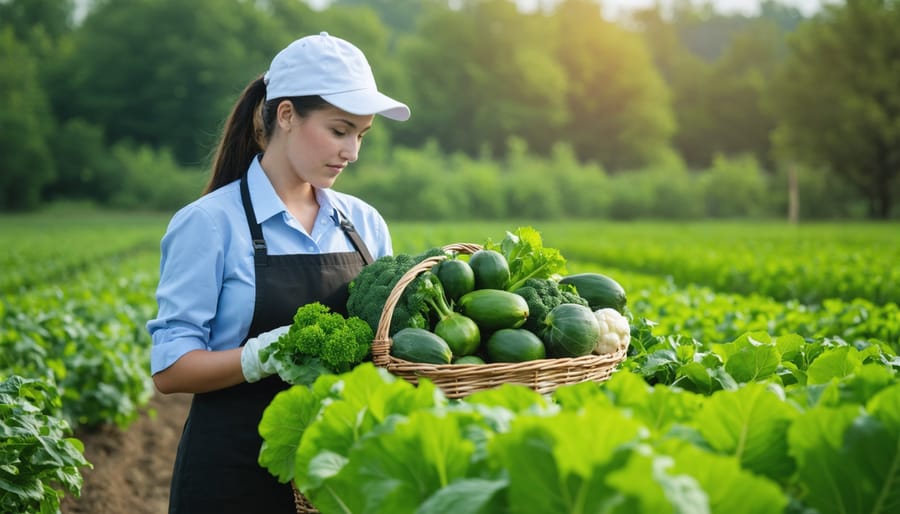
Business and Financial Skills
Managing a CSA coalition naturally develops essential business skills that extend far beyond the garden. Women involved in coordinating community-supported agriculture operations gain hands-on experience in budgeting, tracking membership fees, purchasing supplies, and managing seasonal cash flow. These practical financial skills build confidence and create transferable expertise applicable to any entrepreneurial venture.
Marketing becomes second nature as coalition members learn to promote their CSA shares through social media, farmer’s markets, and community events. They develop compelling narratives about their produce, design promotional materials, and master the art of communicating value to potential members. Customer relations skills flourish through weekly distribution interactions, where members learn to handle inquiries, resolve concerns, and build lasting relationships with shareholders.
Take Maria’s story—she started as a shy volunteer but soon discovered her talent for coordinating logistics and managing member communications. Within two seasons, she launched her own small-scale organic herb business, applying everything she’d learned through the coalition. The entrepreneurial mindset fostered through CSA involvement empowers women to identify opportunities, calculate risks, and transform agricultural passion into viable income streams while supporting their communities.
Community Organizing and Leadership
Building strong community networks starts with creating welcoming spaces where women can share their experiences and ideas about sustainable food systems. Regular meetups at local farms or community gardens provide perfect opportunities for members to connect while learning about organic growing practices. Consider organizing monthly potlucks featuring CSA produce, where members can exchange recipes and gardening tips while building lasting friendships.
Effective coalitions thrive on member participation. Encourage women to lead workshops on topics like composting, seed saving, or preserving seasonal harvests. These hands-on sessions not only share valuable knowledge but also help members discover their leadership potential. Many women who started as quiet participants have blossomed into confident advocates after facilitating just one workshop.
Public speaking skills develop naturally through coalition activities. Start small with informal farm tours or market table conversations, then gradually move toward community presentations about local food access. One inspiring example: Sarah, a former CSA member, now regularly speaks at city council meetings about expanding organic farming initiatives in her region. Her journey began simply by sharing her passion for sustainably grown vegetables with neighbors.
Real Stories: Women Leading the CSA Movement
The power of Community Supported Agriculture extends far beyond fresh vegetables—it creates genuine opportunities for women to step into leadership roles and transform their communities. These real CSA success stories demonstrate how diverse pathways lead to empowerment.
**From Corporate Life to Farm Founder: Maria’s Journey**
Maria Chen spent fifteen years in marketing before launching Green Meadow CSA in 2019. “I felt disconnected from meaningful work,” she recalls. “Starting a CSA gave me purpose and a way to support my family while doing something I loved.”
The transition wasn’t easy. Maria faced skepticism from traditional lenders who questioned a woman’s ability to manage farm operations. She secured funding through a women-focused agricultural grant and crowdfunding from supportive community members. Today, her 20-acre farm serves 150 member families and employs three seasonal workers.
Her biggest challenge? Learning to value her expertise. “I initially underpriced my shares because I doubted myself,” Maria admits. “Connecting with other women farmers helped me recognize my worth and set fair prices that sustain the business.”
**Building Bridges: Jennifer’s Coalition Success**
Jennifer Martinez didn’t start as a farmer—she began as a CSA member who noticed something missing. “Our local farms were thriving individually, but women farmers rarely had opportunities to collaborate and support each other,” she explains.
In 2020, Jennifer founded the Regional Women Farmers Coalition, connecting 30 CSA operators across three counties. The coalition provides peer mentorship, shared equipment resources, and joint marketing initiatives. Members report increased confidence in their business decisions and reduced feelings of isolation.
Jennifer’s practical tip for aspiring coordinators? “Start small. We began with monthly coffee meetups before expanding to workshops and resource sharing. Building trust takes time.”
**Member to Manager: Sophia’s Transformation**
Sophia Patel joined Riverside CSA as a member in 2017, drawn by her passion for organic produce. When the farm coordinator position opened in 2021, the owner encouraged her to apply despite her limited agricultural background.
“I brought organizational skills and genuine enthusiasm,” Sophia says. “The technical knowledge came through mentorship and hands-on learning.” She now manages member communications, pickup logistics, and volunteer coordination for 200 families.
Her achievement? Increasing member retention by 40% through improved communication and community-building events. “I created the supportive environment I wished I’d found as a new member,” she reflects.
These women prove that CSA involvement offers multiple entry points for leadership and personal growth.

Creating Your Own Women’s Empowerment Coalition Within Your CSA
Getting Started: First Steps and Finding Allies
Starting your women’s empowerment coalition begins with reaching out to fellow CSA members who share your passion for sustainable living and community building. Look for connections during farm pickup days or distribution events—these natural gathering spots make perfect conversation starters. Simply ask, “Have you thought about getting more involved?” or share your own interests in leadership and local food systems.
Begin with informal coffee meetups or potlucks featuring your CSA harvest. This relaxed approach helps gauge genuine interest while building trust among potential members. Consider posting a sign-up sheet at your pickup location or creating a simple online group to gauge participation.
For your first official meeting, keep it welcoming and focused. Choose a comfortable venue, perhaps a member’s home or local community space. Prepare a brief agenda covering why women’s voices matter in sustainable agriculture, what the coalition might achieve, and what everyone hopes to contribute. Share inspiring stories of other women-led farming initiatives to spark enthusiasm.
Remember, successful coalitions start small. Even three committed members can create meaningful change. Focus on building authentic relationships first—the structure and projects will naturally follow as your group discovers its collective strengths and shared vision.
Structuring Your Coalition for Success
Building momentum for your women’s empowerment coalition starts with creating a flexible meeting structure that respects everyone’s busy schedules. Consider monthly gatherings that rotate between different farms or gardens, allowing members to experience diverse growing practices firsthand. Mix business discussions with hands-on activities—you’ll find that conversations flow naturally while weeding beds or harvesting together.
Skill-sharing sessions form the backbone of successful coalitions. One month, a member might lead a workshop on seed saving; the next, someone demonstrates composting techniques or shares bookkeeping basics for farm businesses. These exchanges build collective knowledge while honoring each woman’s expertise.
Farm work days strengthen both crops and connections. Organize quarterly volunteer sessions where coalition members support each other during peak planting or harvest times. This practical cooperation embodies the “many hands make light work” philosophy while providing opportunities for mentorship between experienced and aspiring farmers.
Maintain momentum through the growing season with simple strategies drawn from proven community organizing strategies. Create a shared online calendar for events, establish a group chat for quick questions and encouragement, and celebrate wins—whether someone’s first successful crop or a member launching her own CSA.
Consider pairing newer farmers with seasoned mentors for one-on-one support between gatherings. This personal connection helps women navigate challenges confidently while building lasting relationships that extend beyond the season.
The Ripple Effect: How Women’s CSA Leadership Transforms Whole Communities
When women step into leadership roles within CSAs, the benefits extend far beyond individual farms—they create waves of positive change that touch every corner of their communities.
Food security strengthens dramatically when women lead agricultural initiatives. Research shows that women-led farms prioritize diverse crop production, ensuring communities have access to nutritious, varied produce throughout growing seasons. Sarah Martinez, who co-founded a women’s empowerment coalition at her Oregon CSA, explains: “We started with 30 member families. Within three years, we’d helped establish two community gardens and a food pantry partnership that now serves 200 low-income households weekly.”
Local economies flourish as women reinvest earnings back into their communities at higher rates than their male counterparts. Women CSA leaders often support other local businesses, creating interconnected economic networks. They hire locally, mentor aspiring farmers, and establish farmers’ markets that become community gathering spaces. This economic multiplier effect generates jobs and keeps money circulating within neighborhoods.
Environmental sustainability accelerates under women’s stewardship. Women farmers consistently adopt more regenerative practices—from composting programs to pollinator-friendly plantings. These practices improve soil health, increase biodiversity, and create educational opportunities for children and adults alike to learn about ecosystem care.
Perhaps most transformative is how women’s CSA leadership rebuilds social fabric. Monthly farm gatherings, skill-sharing workshops, and harvest celebrations become venues where neighbors reconnect. Isolated individuals find community, new friendships form around shared values, and collective problem-solving emerges naturally.
The ripple effect demonstrates a powerful truth: empowering one woman in agriculture creates pathways for entire communities to thrive. When we invest in women’s leadership within our local food systems, we’re cultivating resilience, connection, and abundance that nourish everyone.
Resources and Next Steps for Aspiring CSA Leaders
Ready to take the next step in your CSA leadership journey? Several wonderful organizations are dedicated to supporting women in sustainable agriculture. The **Women, Food and Agriculture Network (WFAN)** offers mentorship programs and annual conferences connecting women farmers across the country. **National Young Farmers Coalition** provides grants and training specifically designed for new agricultural entrepreneurs, with numerous resources for women starting CSAs.
Online, the **Women Farmers Facebook group** creates a supportive community where you can ask questions, share experiences, and find encouragement from over 15,000 members. The **Farmer’s Share Food Hub** offers free webinars on CSA management, marketing strategies, and building community connections.
For hands-on learning, look into **WWOOF (World Wide Opportunities on Organic Farms)**, which connects aspiring farmers with established operations for practical experience. Many successful CSA leaders started as WWOOF volunteers, learning the ropes before launching their own ventures.
Grant opportunities include the **Sustainable Agriculture Research and Education (SARE)** Farmer Grants, which fund innovative projects up to $15,000. The **USDA Beginning Farmer and Rancher Development Program** also supports women entering agriculture through local partnerships.
To get involved locally, visit nearby farmers’ markets and introduce yourself to CSA farmers. Many welcome volunteers during harvest season—it’s the perfect way to learn while building relationships. Check with your local extension office about women’s farming networks in your area. Remember, every successful CSA leader started exactly where you are today, with passion and curiosity about sustainable food systems.
The journey toward women’s empowerment through CSA participation isn’t just about fresh vegetables or sustainable farming—it’s about reclaiming space, building confidence, and creating lasting change in our food systems and communities. Every woman who joins a CSA, attends a farm day, or speaks up at a members’ meeting contributes to this transformative movement. You don’t need extensive farming knowledge or leadership experience to begin; you simply need the willingness to show up.
Whether you’re considering your first CSA share, contemplating starting a women’s empowerment coalition at your local farm, or exploring farm leadership opportunities, remember that every expert started as a beginner. Take that first step today—reach out to a nearby CSA, connect with other women members, or volunteer for a farm workday. Your participation matters more than you realize.
Empowerment grows when we lift each other up. As you develop your own connection to sustainable agriculture, extend your hand to bring other women along. Together, we’re not just supporting local farms; we’re cultivating a future where women’s voices shape how our communities grow, share, and nourish one another. The seeds of change are waiting—will you help them grow?

